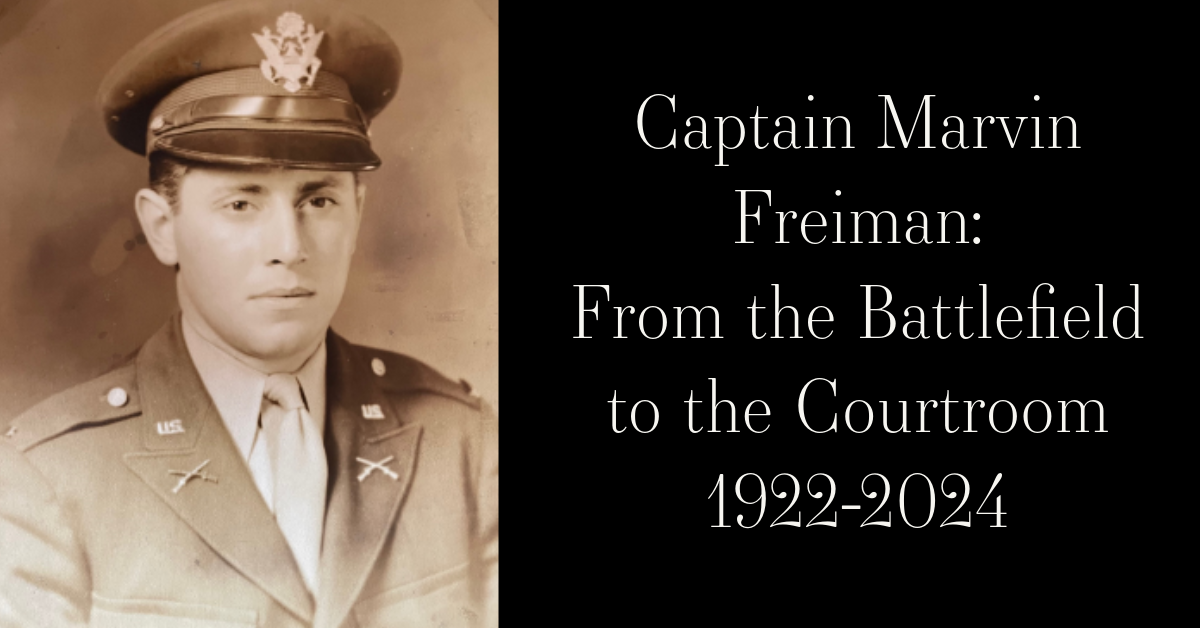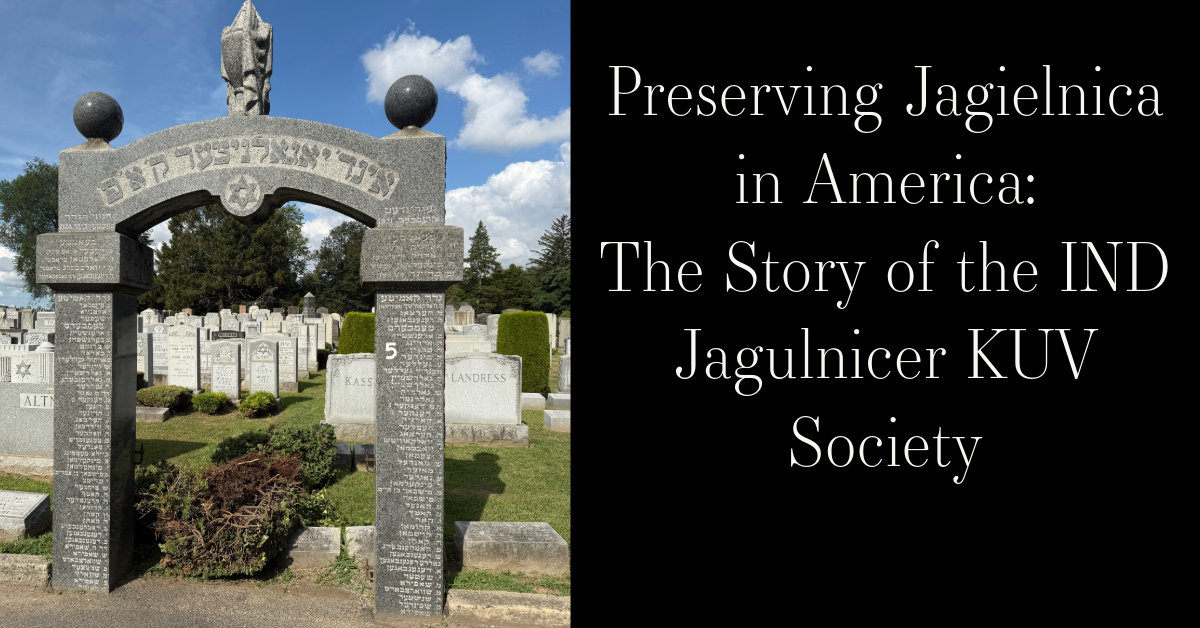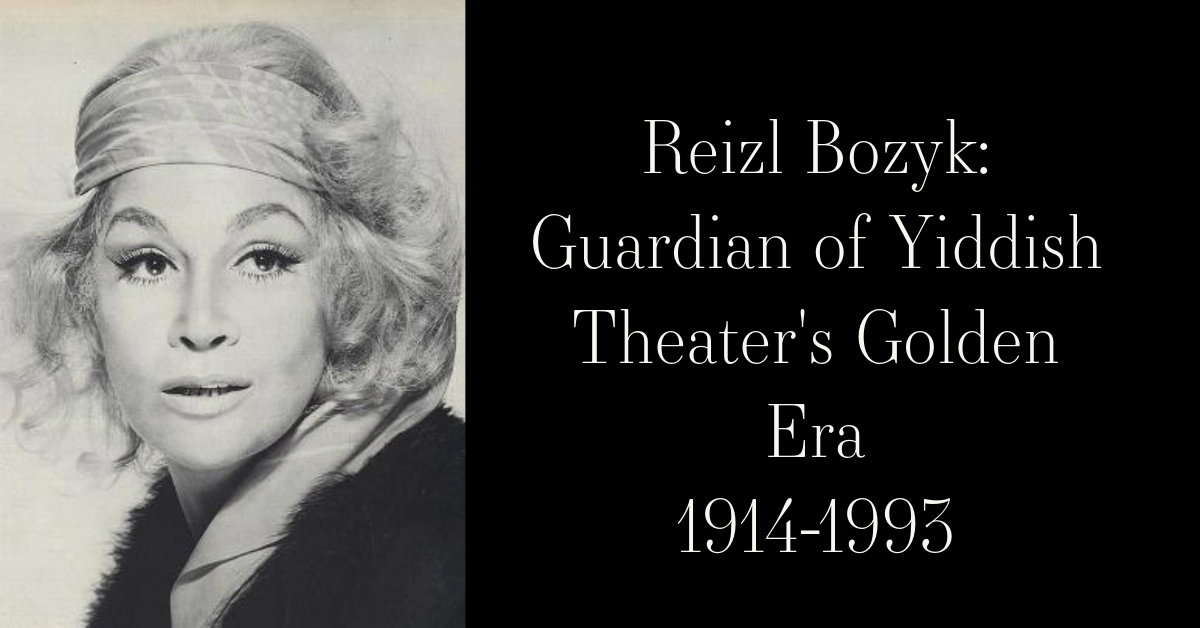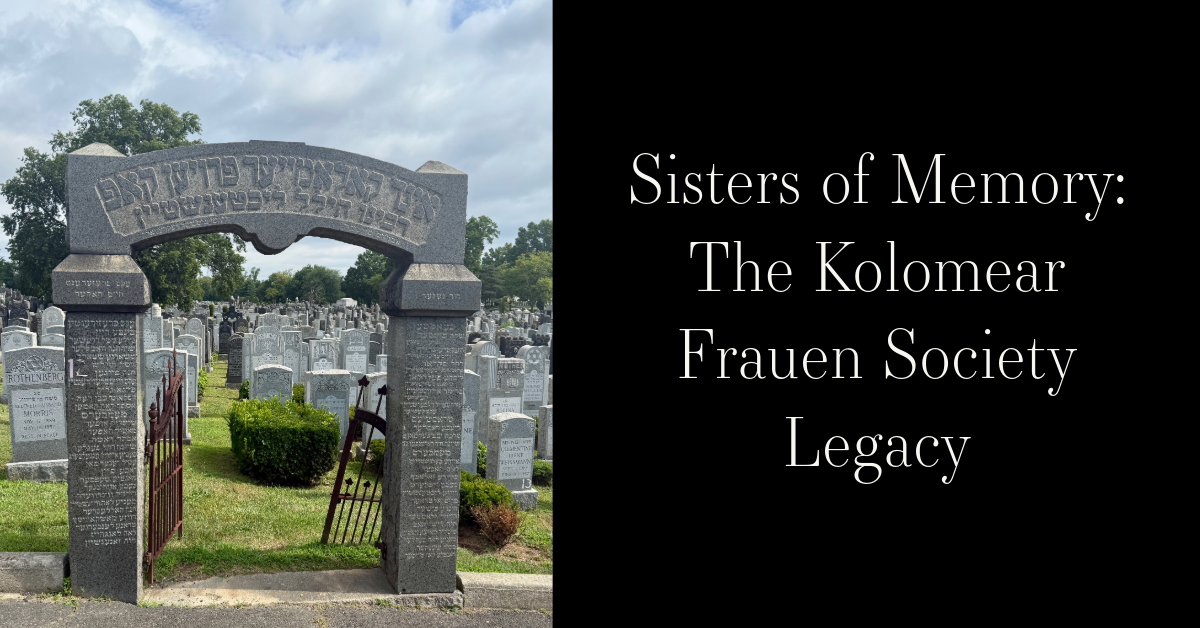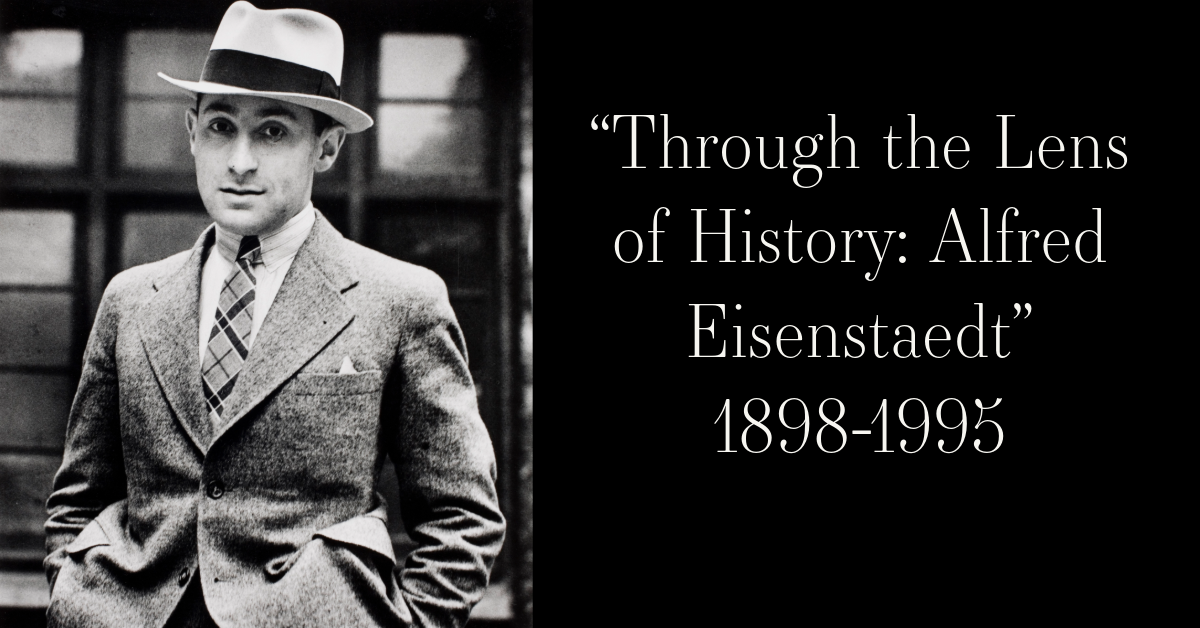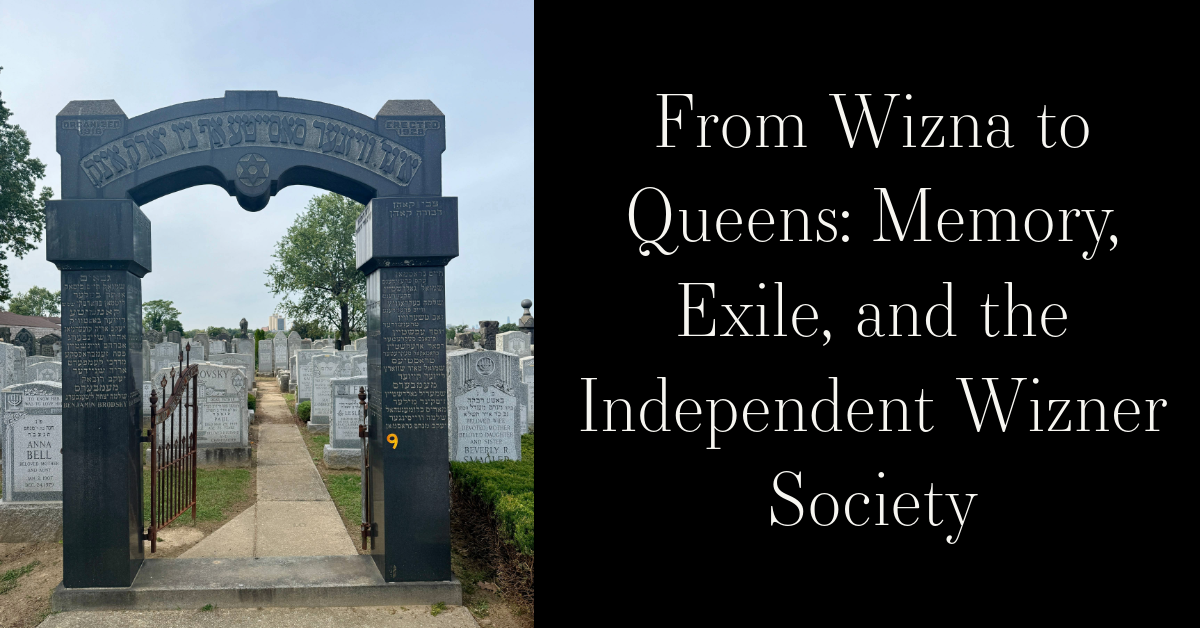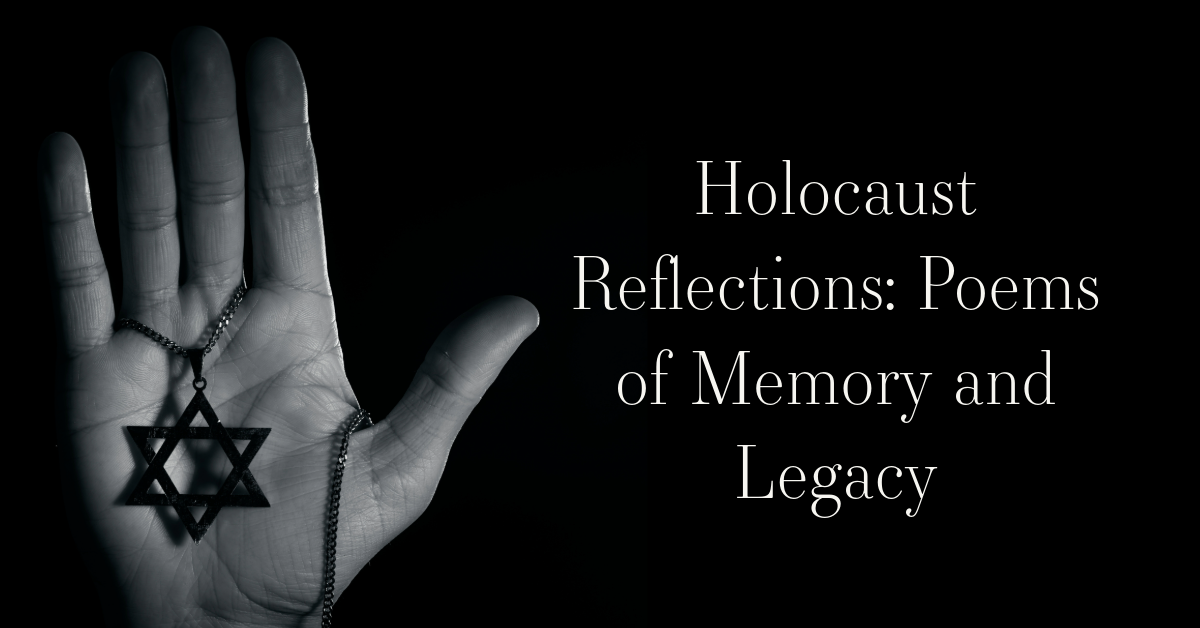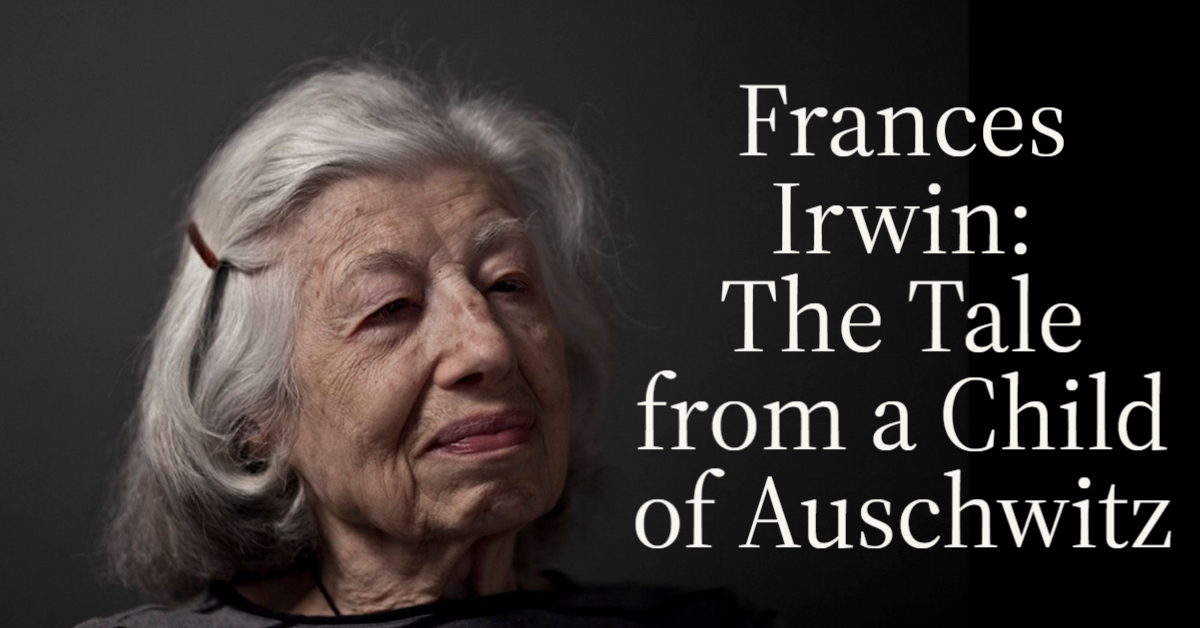Story Summary:
The 1st Kopyczyner KUV (Erste Kopyczyncer Kraken Untershtitsung Verein) society was founded in 1895 by immigrants hailing from Kopychintsy (Kopyczynce), Ukraine. The society was dissolved during the 1920s. Initial Jewish presence in Kopychintsy dates to the 17th century. The Jews of Kopychintsy worked as craftsmen and traders. During the 20th century, the community established numerous communal institutions/unions, and engaged heavily with the Zionist movement of the period. The town was liberated on March 23, 1944. Only 20 Jews survived the Holocaust. They later traveled overseas. Their memories live on. ~Blog by Olivia Scanlon
1st Kopyczyner KUV
The 1st Kopyczyner KUV (Erste Kopyczyncer Kraken Untershtitsung Verein) society was founded in 1895 by immigrants hailing from Kopychintsy (Kopyczynce), Ukraine. The society was dissolved during the 1920s. Initial Jewish presence in Kopychintsy dates to the 17th century. During the 17th century, the Jews of Kopychintsy worked mostly as craftsmen, expanding into the trades during the 18th/19th century. The Jewish population of Kopychintsy increased significantly over the years, with there being just over 300 Jews in 1765, to about 2400 by the late 19th century.
The Jewish community of Kopychintsy established a number of communal institutions and organizations. For example, prior to the outbreak of World War I, both a craftsmen (Yad Harutzim) and merchants union were established. In 1927, the Kupat Gmilut Hassadim fund was established, which provided loans to craftsmen, merchants, laborers, farmers, and others. From 1928-1931, the community suffered an economic crisis. Anti-Jewish pogroms increased during the 1930s, with anti-Jewish pamphlets circulation beginning in 1936. Despite these hardships, the Jews of Kopychintsy maintained their traditions, establishing prayer houses, a synagogue, a public kitchen (closed in 1937 due to budget cuts), and a kindergarten (1931). The Jewish community of Kopychintsy became heavily involved in the Zionists movement of the period. Some of the Zionist organizations that were established were the Hanoar Hatzioni (1930), Betar (1931), Achva (1933), and the Hashachar (1938). A branch of the Revisionists (1930) and the Hitachdut (1923) was also established.
German forces entered the city on July 7th, 1941. Later that same month a judenrat was established, with J.J. Zellermeyer appointed as its head. In August, the synagogue was destroyed. In November of the same year, about 200 Jews were deported to the labor camp in Kamionka. Another deportation took place in December. In May of 1942, about 50 women were deported to the women's labor camp of Jagelnica. In September of the same year, an action took place where many were sent to the Janowska camp or the Belzec extermination camp. Another occurred in April of 1943. From June 3-11, about 4000 people were killed. After the action took place, about 1000 Jews remained in the ghetto. Liquidation of the ghetto began on June 12th and ended by July 20th. At the time of liberation (March 23rd, 1944), there were 20 surviving Jews. They later left for Poland, Israel, or the U.S.
https://kehilalinks.jewishgen.org/suchostaw/sl_kopyczynce.htm#:~:text=Kopyczynce%20Society:%20The%20First%20Kopyczynzer,records%2C%20correspondence%20and%20a%20Seal.
https://www.esjf-cemeteries.org/survey/kopychyntsi-old-jewish-cemetery/#:~:text=Historical%20overview&text=The%20Jews%20were%20known%20in,resided%20in%20Kopychyntsi%20in%201765.
https://myshtetl.org/ternoplskaja/kopychyntsi_en.html
https://www.belzec.eu/media/files/pages/284/kopyczynce_ang.pdf
https://cja.huji.ac.il/hmm/browser.php?mode=set&id=14083
~Blog by Olivia Scanlon



